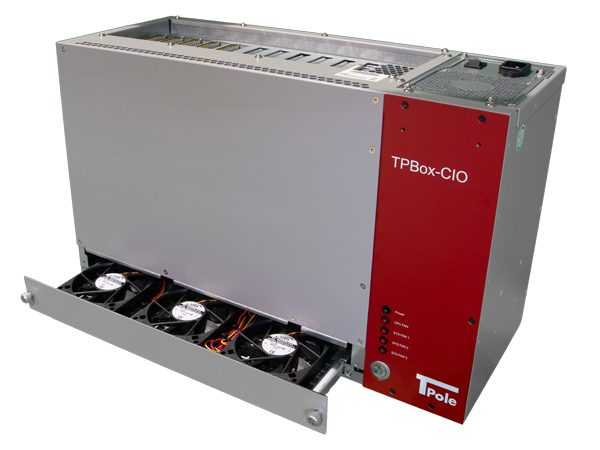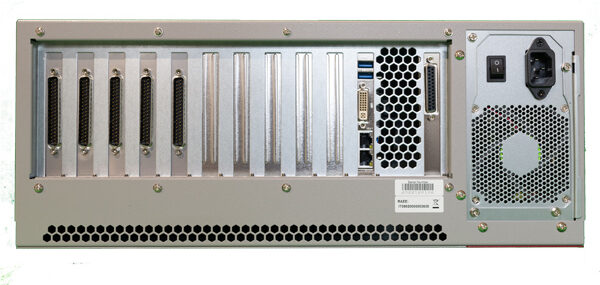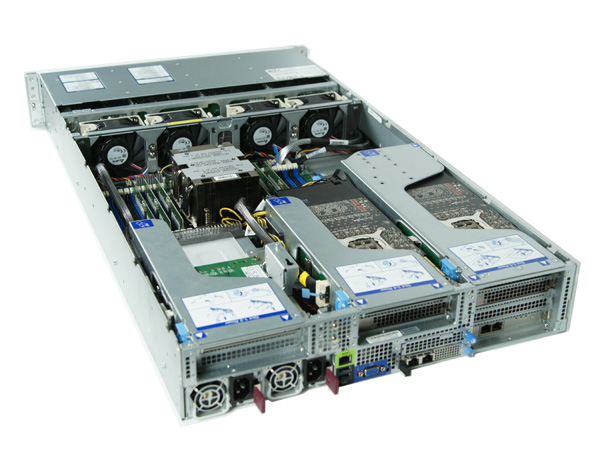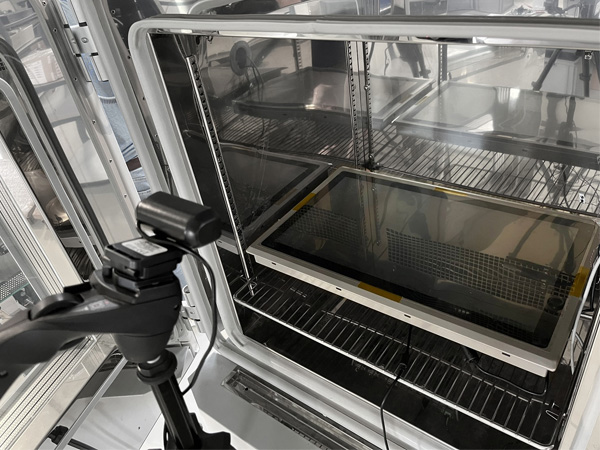Category : Case Studies, News by T-Pole | Bespoke, obsolescence, TPBox | 7 May 2025
At TPole, we enjoy a challenge; many of our long-standing clients are aware of this and allow us to offer them our expertise from every perspective. One of our established clients was facing a critical situation: a series of hardware systems, fundamental to their operations, had reached its End-of-Life (EOL). The availability of spare parts and technical support was becoming problematic, threatening operational continuity. It was imperative to replace the obsolete system, and there were very specific constraints:
- Mechanical compatibility: The new system had to be mechanically compatible with the existing infrastructure, particularly with the 6U rack format of the previous system.
- Technological upgrade: It was necessary to migrate from an obsolete bus architecture to a modern standard to ensure future performance, scalability, and longevity. The PCIe standard was identified as the strategic choice.
- Software compatibility: The client had an extensive software base and established workflows that interacted with their digital I/O cards. Disrupting or rewriting this software was not a viable option. It was therefore essential to ensure total backward compatibility at the software level, regardless of the hardware and operating system upgrade.
The TPole solution
We tackled this complex challenge with a full custom design approach, developing a hardware and software solution completely tailored to the client’s needs, including:
- Mechanical rack design: We designed a new 6U rack chassis that scrupulously adhered to the mechanical specifications of the EOL system, ensuring a “plug-and-play” replacement from a physical standpoint, without the need for modifications to the client’s infrastructure.
- Architectural upgrade with a custom PCIe backplane: The heart of the new system is a custom-designed backplane. This backplane not only provides the communication infrastructure but was conceived around the current PCIe standard. We integrated 11 PCIe slots to accommodate the new I/O cards and future expansions, as well as including dedicated control for the system fans, optimizing thermal management.
- Custom digital I/O card design: The digital I/O cards were completely redesigned to integrate natively with the new PCIe architecture and to replicate or improve upon the functionalities of the obsolete ones, while keeping the logical interface as close as possible to the previous one.
- Custom driver and software library development: To overcome the software compatibility challenge, we developed a complete set of custom drivers and libraries. This low-level software was specifically designed to interface the new PCIe I/O cards with the client’s operating environment. A crucial aspect of this development was the support for a wide range of Windows operating systems: 7, 8, 8.1, and 10, in both 32-bit and 64-bit versions. This ensured that the client could continue to use their existing applications without significant modifications or code rewriting, regardless of the Windows version in use at different installation points.
Results and benefits for the client
The implementation of this full custom solution brought numerous significant advantages for the client:
- Guaranteed Operational Continuity: Replacing the EOL system eliminated the risk of interruptions due to hardware obsolescence or the possibility that new software versions would not be compatible.
- Simplified Installation: The mechanical compatibility allowed for a quick and seamless physical integration into the existing rack.
- Modernization and Performance: The upgrade to the PCIe architecture provided a modern platform with improved performance and greater potential for future expansion.
- Total Software Backward Compatibility: The development of custom drivers and libraries was the keystone, allowing the client to leverage the new hardware with their pre-existing software on various Windows versions (32/64 bit), minimizing transition costs and time.
- Robust and Tailor-Made Solution: The full custom design ensured that the system precisely met the client’s unique specifications and operational requirements.
Conclusion
This project demonstrates how a full custom design approach, encompassing both hardware (mechanics, backplane, I/O cards) and software (drivers, libraries), can solve complex challenges related to technological obsolescence. By providing a solution that is mechanically and electrically modern (PCIe) but fully compatible at the software level with the systems already in use by the client, we enabled a smooth transition, guaranteed operational continuity and future evolutions, and significantly extended the useful life of their software investments.
To discover how to best leverage TPole’s experience to replace EOL products and optimize your own, contact us today through our contact page.




